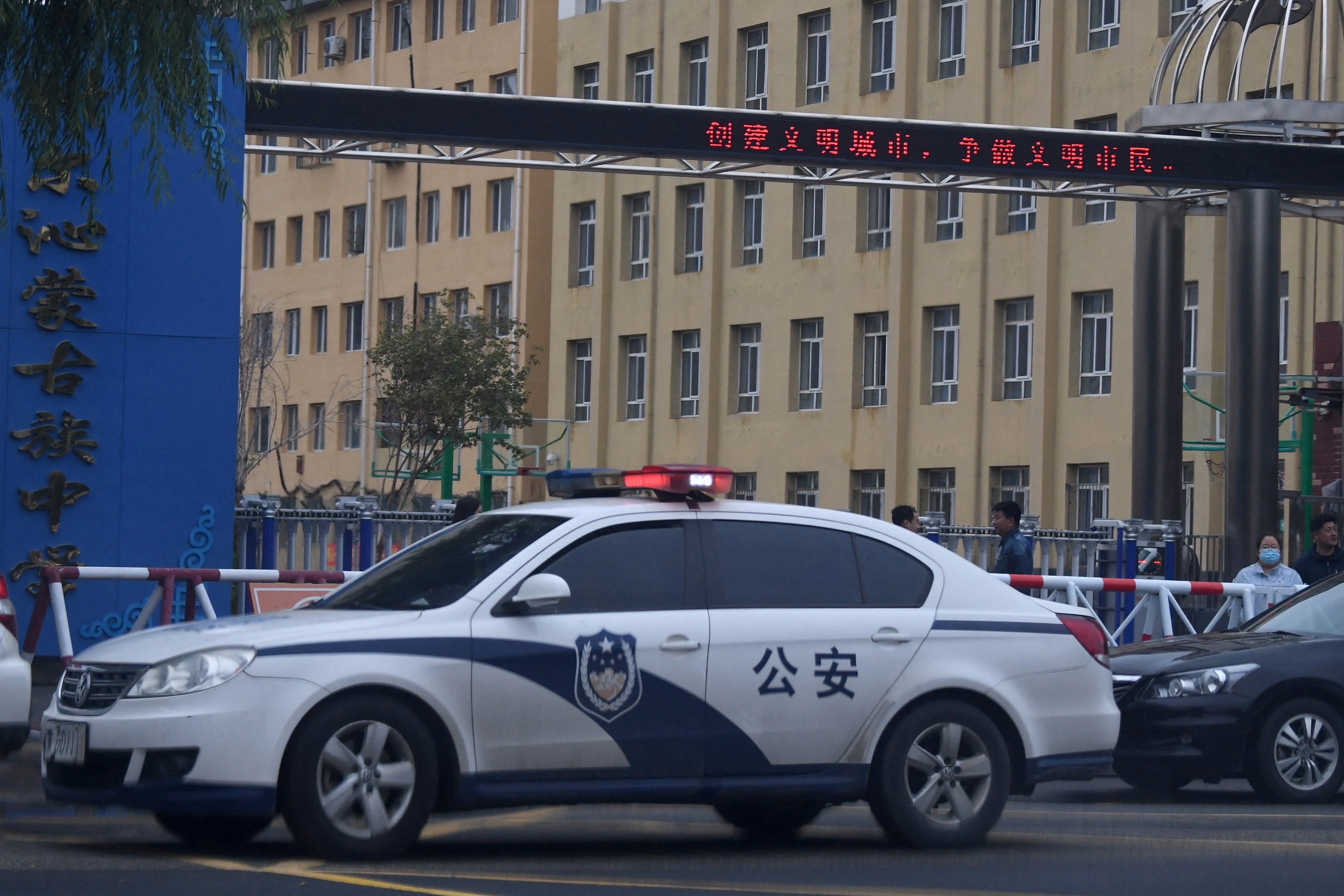The U.S. may be intensifying its Predator missile campaign against Al Qaeda leaders in Pakistan, as Declassified reported this morning.
But a new Justice Department criminal case announced today raises a more fundamental question: are the missile strikes as effective as U.S. government officials would like to believe?
Consider the case of Ilyas Kashmiri, the alleged operational chief of a Qaeda-linked terror group in Pakistan and a central figure in the new Justice case. Just last month, on Sept. 7, Kashmiri (considered one of the most dangerous terrorists in Pakistan) was reported in the U.S. media to have been killed by an American missile, supposedly making him latest "big fish" casualty in the Predator campaign targeting Qaeda commanders in that country.
But much like Mark Twain, the reports of Kashmiri's death now appear to have been greatly exaggerated.
Today's Justice Department case alleges that two Chicago men—including a former Pakistani military officer—were plotting with Kashmiri as recently as a few weeks ago to mount terror attacks in Copenhagen against a Danish newspaper that published controversial cartoons depicting the Prophet Muhammad.
Indeed, the case alleges that one of the men, David Coleman Headley, was on his way to meet Kashmiri in Pakistan (after being assured the terror leader was very much alive) on Oct. 3 before being arrested by the FBI at Chicago's O'Hare airport as he was about to board his flight.
And as if that weren't enough evidence of Kashmiri's return from the dead, one U.S. law-enforcement official pointed Declassified today to an Oct.15 interview the Pakistani gave to the Asia Daily Times in which he threatened new attacks even more deadly than last year's bombings in Mumbai that killed 173 people. "That was nothing compared to what has already been planned for the future," Kashmiri told the newspaper (a comment that has been interpreted by some as suggesting that Kashmiri's 313 Brigade commando group may have played a role in the Mumbai attacks).
Even though there was apparently no plan to launch attacks inside the United States, the direct link to Kashmiri makes the charges filed against the Chicago men, Headley and Tahawwur Hussain Rana, among the more serious in a recent spate of FBI terrorism cases that have garnered international headlines, according to the U.S. law-enforcement official (who asked not to be identified talking about an ongoing case).
"This was no sting," said the official, referring to FBI operations in which agents pose as terrorist plotters in order to build cases against criminal suspects believed to be predisposed to committing terror attacks, but against whom the bureau often has no direct evidence. "These guys clearly had the means and the medium [to mount terrorist attacks] and they were in direct communications with senior players."
In fact, Kashmiri may well be the most senior suspected terrorist with whom anybody in the United States was alleged to have been in direct communication since the rash of post-9/11 cases involving such figures as Jose Padilla and Ali Al-Marri. (Both Padilla and Al-Marri were alleged to have been in communication with Qaeda leaders, including 9/11 architect Khalid Sheikh Mohammed). A former Pakistani Army commander, Kashmiri is the operational chief of Harakat-ul-Jihad-i-Islami, a Pakistani group the U.S. government believes to be closely aligned with Al Qaeda; he reportedly is the head of the 313 Brigade.
According to the criminal charges unsealed in Chicago Tuesday, Headley (who worked for a Chicago immigration company but performed "little if any actual work for the firm") was incensed by the 2005 Muhammad cartoons published by the Danish newspaper Morgenavisen Jyllands-Posten.
The complaint alleges that in late 2008, he began communicating via Internet and cell phone with two conspirators in Pakistan as well as his suspected boss in Chicago, Rana, about a plan to exact revenge against the newspaper. (The U.S. law-enforcement official confirmed what is implicit in the criminal complaint: that U.S. intelligence and law-enforcement officials were tipped off to the plot by electronic intercepts.)
According to the complaint, Headley flew to Denmark and allegedly began conducting surveillance for attacks against the newspaper. (The conspirators referred to their plot as "the Mickey Mouse Project." Among the plots they allegedly discussed was assassinating the paper's cultural editor—apparently because they mistakenly believed the editor was Jewish.) In January 2009, the Justice case says, Headley then flew to Pakistan, where he met up with one of the co-conspirators identified only as "Individual A." The two then traveled to the Federally Administered Trial Area region in northwestern Pakistan and met with Kashmiri.
After the U.S. missile drone attack, Headley allegedly became concerned that Kashmiri was indeed dead and would no longer be in a position to back the plot. "Our company has gone into bankruptcy, then," he reportedly told his co-conspirator. (The news allegedly prompted Headley to turn to another Pakistani terror group, Lashkar-e-Taiba.) But then on Sept. 21, Headley spoke again with his co-conspirator and learned that Kashmiri was alive after all, prompting him to proclaim, "Now many other great things about him have come to surface, his supernatural powers and miracles."
Uncommon Knowledge
Newsweek is committed to challenging conventional wisdom and finding connections in the search for common ground.
Newsweek is committed to challenging conventional wisdom and finding connections in the search for common ground.





